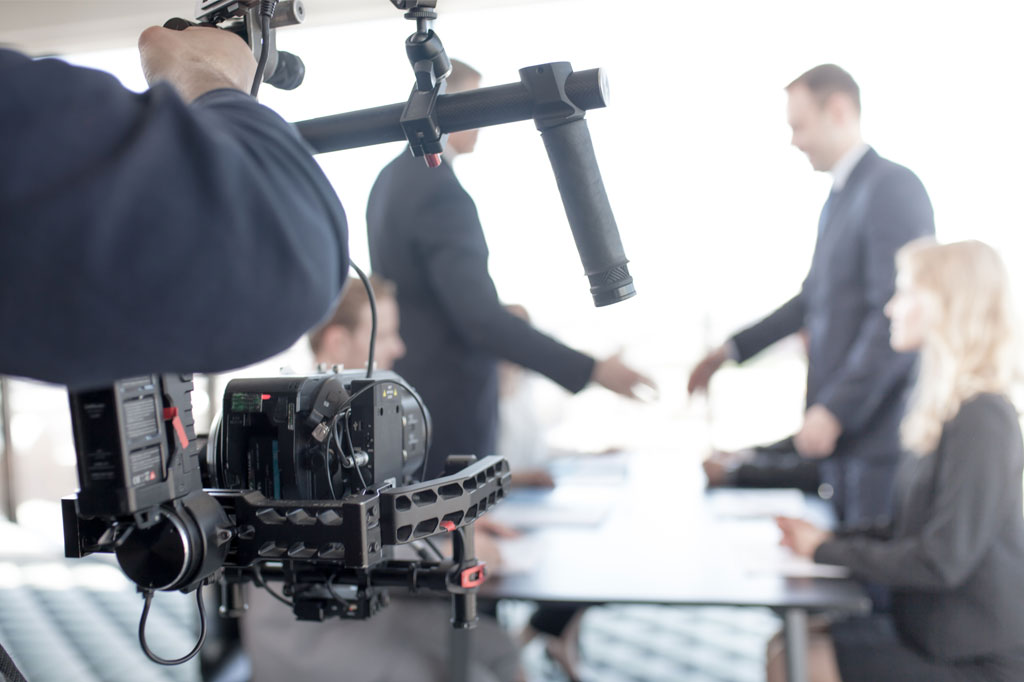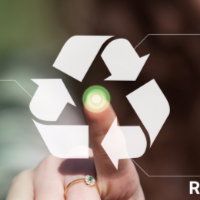Why Legal Videography Is Crucial for Accurate Court Recordings
The duty of lawful videography in court settings can not be overstated, as it acts as a crucial device for preserving the honesty of court documents. By capturing both spoken and non-verbal interaction, it enhances the clarity of witness statements and shows the subtleties of courtroom communications. This thorough documents not only aids in reducing possible misconceptions but also sustains appellate evaluations, thereby enhancing the judicial process. Nonetheless, the implications of incorporating lawful videography into conventional court room methods increase vital inquiries concerning its more comprehensive effect on the lawful system. What might these effects entail?
Importance of Visual Proof
In the realm of legal process, the significance of visual proof can not be overemphasized. Aesthetic proof works as an effective device in establishing truths, proving statements, and boosting the total quality of an instance. This kind of evidence, which consists of photographs, video clips, and diagrams, can supply a substantial context that spoken summaries often lack, consequently using courts and judges a clearer understanding of the conditions surrounding a case.
Additionally, aesthetic evidence help in the retention of information. Human cognition is naturally visual, and people are more probable to keep in mind and understand info provided in a visual format. In the court room, this can be vital, as compelling aesthetic evidence can sway point of views and enhance the narrative presented by lawful representatives.
Additionally, making use of aesthetic proof can decrease misunderstandings and obscurities that often arise from verbal exchanges. By supplying a straight depiction of occasions, visual evidence helps to get rid of subjective analyses and fosters an extra unbiased assessment of the truths. The combination of aesthetic proof into lawful process not just strengthens the stability of the judicial procedure but also enhances the probability of accomplishing a just outcome.
Recording Non-Verbal Signs
Using sophisticated videography strategies can substantially boost the capture of non-verbal cues during lawful proceedings. Non-verbal communication, including faces, body movement, and eye contact, plays a crucial duty in conveying emotions and objectives that might not be clearly stated in spoken testimony. legal videography. Legal videography uses high-def cams and strategic angles to make certain that these subtle signs are recorded with clarity and precision
The capacity to examine non-verbal habits can offer useful context to declarations made throughout court sessions. As an example, a witness's hesitation or self-confidence can be translated with their stance or motions, possibly affecting the court's assumption of reputation. The use of close-up shots can assist focus on an audio speaker's expressions, permitting for a much more nuanced understanding of the testament.
In addition, incorporating numerous video camera angles can develop a detailed view of interactions, highlighting dynamics in between parties included. This complex approach not just boosts the accuracy of the court document yet likewise aids in a knockout post protecting the honesty of the judicial procedure - legal videography. Inevitably, capturing non-verbal cues via lawful videography promotes a richer, more complete representation of courtroom procedures

Enhancing Statement Reliability
The reliability of testimony can be considerably strengthened via the check over here usage of high-quality lawful videography. Video recordings work as an objective tool that captures not just the talked words of witnesses but likewise the nuances of their distribution, consisting of tone, pacing, and psychological expressiveness. This multifaceted documents provides a more clear understanding of the witness's reputation and intents, which can be crucial in lawful procedures.
Additionally, lawful videography decreases the potential for misinterpretations that may emerge from created records alone. When jurors can observe a witness's demeanor and body language combined with their testimony, they are much better outfitted to evaluate the authenticity and dependability of the evidence offered. This visual context can strengthen the testimonial story, making it a lot more engaging and credible.
In addition, the visibility of a video recording can hinder possible incongruities in statement. Witnesses may be more cautious in their statements when they recognize they are being videotaped, bring about even more precise and genuine accounts. Generally, high-quality lawful videography improves the honesty of testimony, ensuring that the court has accessibility to a full and sincere depiction of the facts as communicated by the witnesses.
Supporting Appeals and Reviews
Lawful videography plays a critical function in sustaining appeals and evaluations by offering a comprehensive visual record of court procedures. This visual here paperwork records not just the spoken words of witnesses and attorneys however likewise the nuances of body language, tone of voice, and courtroom dynamics. Such aspects can be crucial in understanding the context of testaments and arguments offered.
In the appellate procedure, where the emphasis is on mistakes of law and procedural justness, a video clip record can work as a vital tool for appellate courts. It enables judges to evaluate the original test context, making certain that choices are based on a full understanding of the proceedings. The ability to visually assess the temperament of witnesses or the interactions between celebrations can expose insights that written transcripts may neglect.

Furthermore, lawful videography can aid in clarifying obscurities in testaments or step-by-step judgments, consequently enhancing the basis for an allure. By providing a reputable, unbiased account of what taken place in court, legal videography not just supports the stability of the legal process yet also equips all parties involved to make educated decisions regarding their cases.
Streamlining Court Room Processes
Enhancing court efficiency, lawful videography improves processes by giving immediate access to visual records of proceedings. This innovation permits judges, lawyers, and juries to revisit crucial testimony and evidence, making certain that all celebrations have a clear understanding of the instance. By capturing the subtleties of spoken and non-verbal communication, videography improves the document, making it simpler to grasp the context and weight of statements.

In addition, video clip recordings can assist in remote involvement in hearings, enabling higher adaptability in scheduling and participation, which is especially valuable in intricate cases involving several stakeholders.
Verdict
Finally, legal videography plays an essential function in making certain exact court recordings by giving important aesthetic evidence that captures both spoken and non-verbal interaction. This technique improves the reliability of testaments, supports appellate reviews, and simplifies courtroom processes. By cultivating a detailed understanding of courtroom dynamics, lawful videography inevitably adds to a lot more fair judicial end results, enhancing the integrity of the lawful system and helping with notified decision-making.